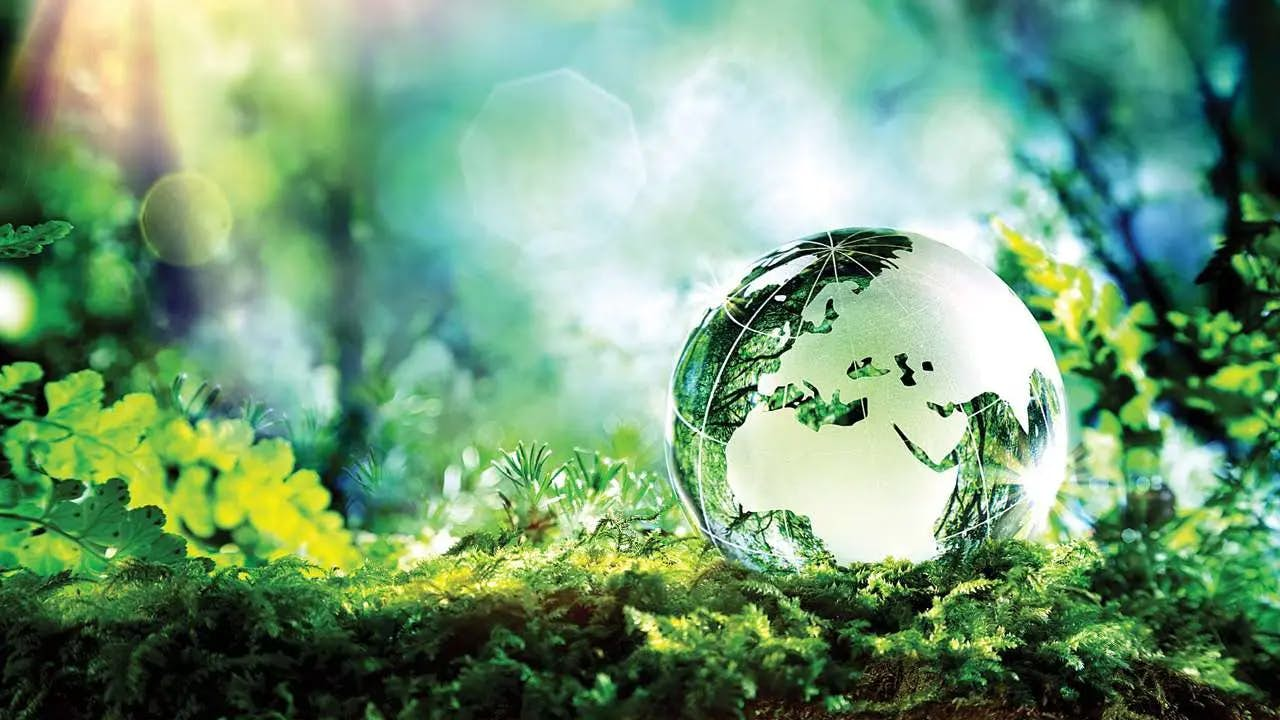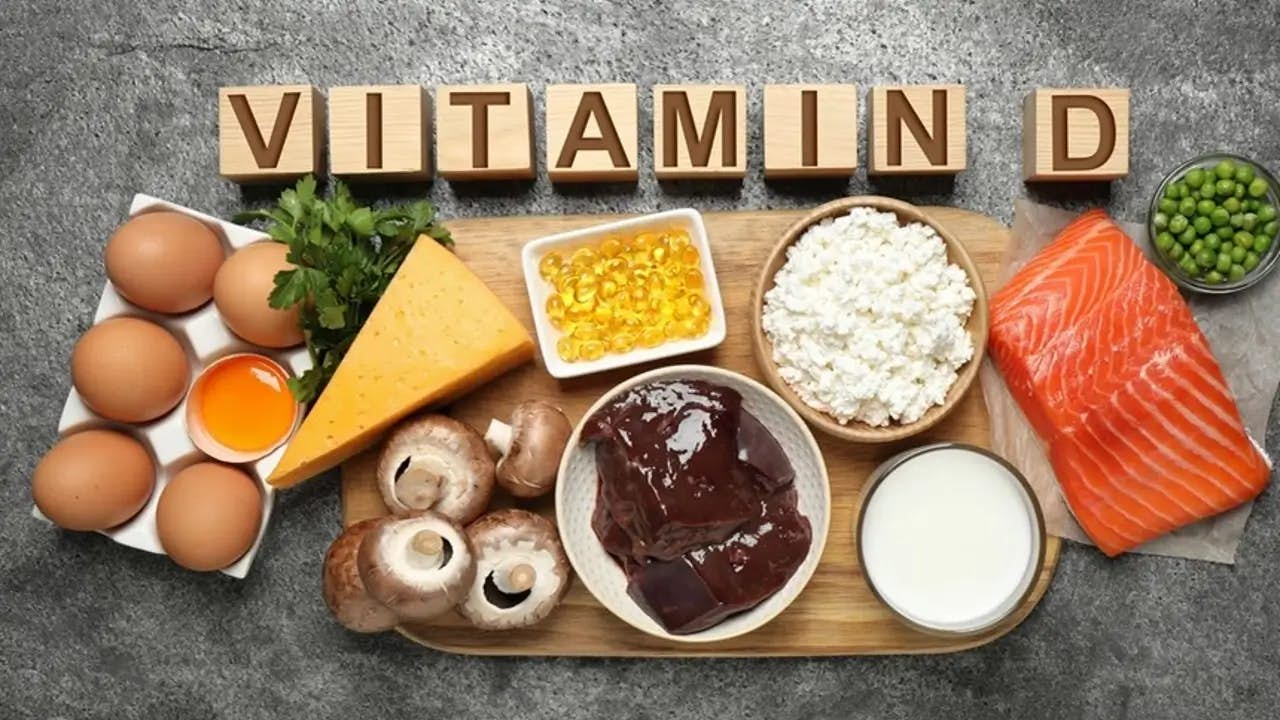What is Environment?

The environment is the natural world around us. It includes all living and non-living things, from the air we breather to the land we walk on. The environment is essential for life, and it is our responsibility to protect it.
The environment is a complex system that is constantly changing. It is influenced by a variety of factors, including natural processes, human activities, and climate change.
What is included in the environment?
The environment can be divided into two main categories: the natural environment and the human-made environment.
The natural environment
The natural environment includes all living and non-living things that occur naturally on Earth. This includes the atmosphere, the hydrosphere, the lithosphere, and the biosphere.
The atmosphere
The atmosphere is the layer of gases that surrounds Earth. It is essential for life, as it provides oxygen for breathing, protect us from harmful radiation, and helps to regulate the Earth's temperature.
The atmosphere is made up of a variety of gases, including nitrogen, oxygen, carbon dioxide, and water vapor. Nitrogen makes up about 78% of the atmosphere, oxygen makes up about 21%, and carbon dioxide makes up about 0.04%. Water vapor is a variable component of the atmosphere, and it can range from a few percent to over 4%.
The atmosphere is constantly changing. The amount of carbon dioxide in the atmosphere is increasing, which is contributing to climate change.
The hydrosphere
The hydrosphere is the water on Earth. It includes the oceans, lakes, rivers, and groundwater. Water is essential for life, as it is needed for drinking, bathing, agriculture, and industry.
The hydrosphere is made up of about 71% of the Earth's surface. The oceans make up about 97% of the hydrosphere, and the remainin 3% is freshwater.
The hydrosphere is constantly changing. The amount of freshwater on Earth is decreasing, as we are using more water for agriculture and industry.
The lithosphere
The lithosphere is the solid, rocky surface of Earth. It includes the continents, the oceans, and the bedrock. The lithosphere provides us with a place to live, resources such as minerals and metals, and a foundation for our infrastructure.
The lithosphere is made up of three layers: the crust, the mantle, and the core. The crust is the outermost layer, and it is the thinnest layer. The mantle is the middle layer, and it is the thickest layer. The core is the innermost layer, and it is made up of iron and nickel.
The lithosphere is constantly changing. The continents are moving, and the Earth's crust is being recycled.
The biosphere
The biosphere is the part of Earth that is inhabited by living things. It includes all land, water, and ait that supports life. The biosphere is home to a vast diversity of plants, animals, and microorganisms.
The biosphere is made up of a variety of ecosystems, including forests, grasslands, deserts, and oceans.
The biosphere is constantly changing. Plants and animals are evolving, and new ecosystems are being created.
The human-made environment
The human-made environment includes all things that have been created by humans. This includes buildings, roads, bridges, and other infrastructure. It also includes waste, pollution, and other environmental impacts caused by human activities.
The human-made environments is constantly changing. We are building more and more infrastructure, and we are generating more and more waste.

The importance of the environment
The environment is essential for life. It provides us with the air we breathe, the water we drink, the food we eat, and the resources we need to survive. The environment also supports a diverse range of plants and animals, which are important for the health of the planet.
Human activities are having a significant impact on the environment. We are polluting the air and water, destroying forests, and causing climate change. These activities are threatening the health of the planet and the well-being of all living things.
What we can do to protect the environment
There are many things we can do to protect the environment. We can reduce our consumption of resources, recycle and compost, and support sustainable businesses. We can also advocate for policies that protect the environment.
Here are some specific things you can do to help protect the environment:
- Reduce, reuse and recycle.
- Walk, bike, or take public transportation instead of driving.
- Eat less meat and more plant-based foods.
- Support sustainable businesses.
- Advocate for environmental protection policies.
Conclusion: Our Responsibility, Our Legacy
The environment is not a resource to be exploited; it is our life support system, our shared home, and our legacy for future generations. The time for apathy is over. Let us act with urgency, responsibility, and collective purpose to protect the environment, not just for ourselves, but for the well-being of all living things and the future of our planet.
This is just a part of the story. There are many other important aspect of the environment that we haven't touched upon, such as the importance of biodiversity, the role of indigenous communities in environmental protection, and the potential of eco-tourism. If you'd like, I can delve deeper into these topics or explore other specific environmental issues that resonate with you.
Remember, the environment is not just a subject for an article; it's a call to action. Let's continue the conversation and work together to build a more sustainable future for all.


